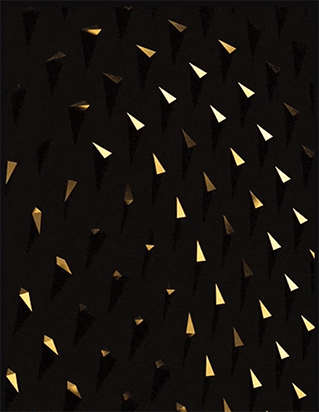Designing Network Topologies
Process description only
This work was done during my employment at Nokia and is under an NDA. Therefore, I cannot share any designs or information unless it has been published by Nokia itself for the public. Hence, this page will only describe the work-process.
YEAR: 2021
DURATION: About a year
ROLE:
Main UX Designer, later supported by other UX designers
TOOLS:
Sketch, Adobe XD
TASKS:
User Interviews, Analysis, Wireframing, Prototyping, Interaction Design, Presenting designs to stakeholders, Improving design based on feedback
At Nokia I used to work on the “Digital Operations Center” product from the perspective of Service Orchestration. One of my biggest jobs was to improve and come up with new ways of representing network topologies. These first started with a demo topology, which had to be created within 30 days. The topology UIs were then later on continued with extended needs and requirements.
Challenges
When working on the designs, some of the biggest challenges were:
- Understanding networks: with new technology equipment and network elements one has to understand how a network can be built, using paths, hierarchy, transmission technology. etc.
- Thinking of new ways for interactions and visualization to represent all these elements of a network in a logical and useful ways, for different users and use cases.
- Limited users to interview and to do any usability tests
- Limited time to learn from experts the complexity of the network
- Technical limitations due to used development frameworks
- Combining different topology needs into one
Understanding the problem
The features and concepts behind the product include new and different kinds of perspectives of the network, which should also be visible in the topology. These should help and improve the root-cause of the network problems, and impact analysis. Unfortunately, the previous existing topologies only show certain aspects of the network. Therefore, a redesign of the topology was needed.
As a designer, with no previous experience in topology design and network infrastructure, my goal was to understand the problem and the needs. For this, several internal users and stakeholders were interviewed and previous topologies were benchmarked to better grasp the needs and problems for the user.
The outcome has been translated into task analysis and flows, user stories, as well as a list of needs for the topology.
Designing with experts and stakeholders
Network topologies are very complex. They have different needs for different users, based on the users’ backgrounds. Because of this, a real example was required to design a realistic topology interface so it could be better validated. With the help of an expert a simple, yet complex network architecture was introduced, which then needed to be translated into the final design. With this knowledge, the design was started and was since iterated weekly with network experts and stakeholders until it evolved, after seven iterations, into the final version for the demo.
Further feedback
With a bigger audience and other network experts from other fields the design was deemed not sufficient enough even though it had been approved before. A better understanding of another area was needed. Interviews with several experts in different fields were done to understand their needs and their perspectives of topology. This led to additional research, and storyboards and updated user journeys were created and evaluated.
Updating designs with other designers
Due to the new complexity, I started to think about new ways for interacting and navigating in large networks, as they can have several layers and thousands of elements. Existing graph frameworks or design patterns are too limited to display all the needed interactions. However, the challenges were big and luckily I could work with other designers, share my findings and get support from them. Together with them we tried to find a way to combine new interactions and perspectives into one design by using visual language and trying to grasp the mental model to get the best outcome. After a few iterations we came up with some designs which then were implemented. Yet some feedback for these is required.
Takeaways
This feature was paused when I left, however, I have learnt a lot from it:
- Complex designs require realistic examples and need to be able to be scaled up and down on all levels and hierarchies, yet have to be easy to navigate
- When working with experts who have limited time it is necessary to get a lot of answers and ask the correct questions
- It is important to understand the user’s mental model and how they would navigate through it
- Experts of different fields are needed from the beginning
- Users are needed to evaluate the designs
- Not to be too limited by the development




